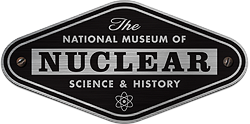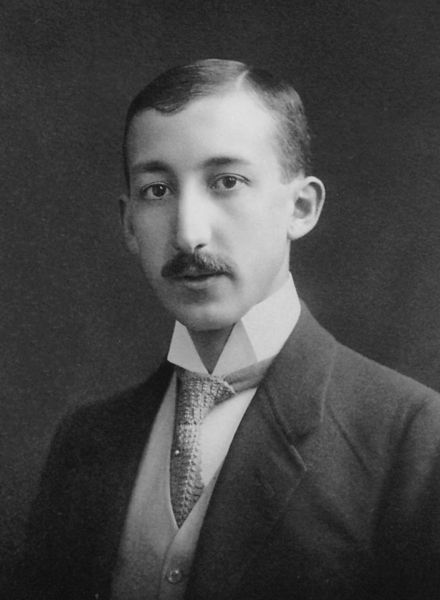George de Hevesy was a Hungarian radiochemist and winner of the 1943 Nobel Prize in Chemistry.
De Hevesy was born in Hungary to a wealthy noble family. He studied at Budapest University and Berlin Technical University before receiving his Ph.D. in Physics from the University of Freiburg in 1908. He worked at a number of European universities, where he collaborated with scientists such as Fritz Haber and Ernest Rutherford. He settled in Copenhagen in 1920, but moved back to Freiburg in 1926 to accept a professorship at the University of Freiburg. He fled Denmark in 1934, traveling first to Copenhagen before settling in Stockholm in 1943. There he worked for Stockholm University College until 1961.
In 1913, de Hevesy proposed “marking” lead with a radioactive isotope of radium, allowing the lead to be tracked by measuring its radioactivity. He used this technique to monitor lead’s role in plant and animal metabolism. This use of isotopes as tracers became a critical tool in biological and chemical research, and was the basis for his Nobel Prize. In 1922, de Hevesy also helped discover the element hafnium. In the early 1930s, de Hevesy used newly discovered heavy water to perform experiments on the water content of the human body.
When Germany invaded Denmark in 1940, de Hevesy dissolved the gold Nobel Prizes of Max von Laue and James Franck in aqua regia to prevent the Nazis from taking them. After the war, he precipitated the gold out of the acid, and the Nobel Society recast Franck and von Laue’s awards from the original gold.
In 1958, de Hevesy received the Atoms for Peace Award for his pioneering use of radioactive isotopes to study metabolism. Over his career, he published almost 400 scientific publications.
De Hevesy died on July 5, 1966, in Freiburg.





